 Germany: SM U3, U4 (1908-1909)
Germany: SM U3, U4 (1908-1909)WW1 German U-Boats
Brandtaucher | Forelle | U-1 | U-2 | U-3 class | U-5 class | U-9 class | U-13 class | U-17 class | U-19 class | U-23 class | U-43 class | U-57 class | U-63 class | U-87 class | U-93 class | U-139 class | U-142 class | UA | UB-I class | UB-II class | UB-III class | UC-I class | UC-II class | UC-III | Deutschland | UE-I class | UE-II class | U-ProjectsDevelopment
SM U-3 was the third German U-boat, at a time the head of staff of the Kaiserliches Marine still wanted nothing to do with “these experimental vessels” that he saw of little use. The German Empire previously had three more, Forelle, the private venture prototype for Russia, U1, the forerunner, and U2, which consolidated the concept. U3 was just an attempt at further improve on the U2 design in a prudent two-boats class. U3 and U4 were both ordered in 1908 and built by Kaiserliche Werft Danzig. U3 was launched on 27 March 1909. U3 had a relatively uneventful life but she sank on 17 January 1911, in a high profile accident, sinking near Kiel harbour in Heikendorfer Bay due to an unclosed ventilation shaft valve. Long story short the 28-man crew was rescued by SMS Vulkan via the torpedo tubes but the commander and three officers died in the CT. Her next commander was Otto Weddigen, future “U-ace” in WW1. Like U4, U4 was used for training all the way to the end of WWI and was sold for BU in 1919. The U3 class was an important step towards better models, albeit not game changing.
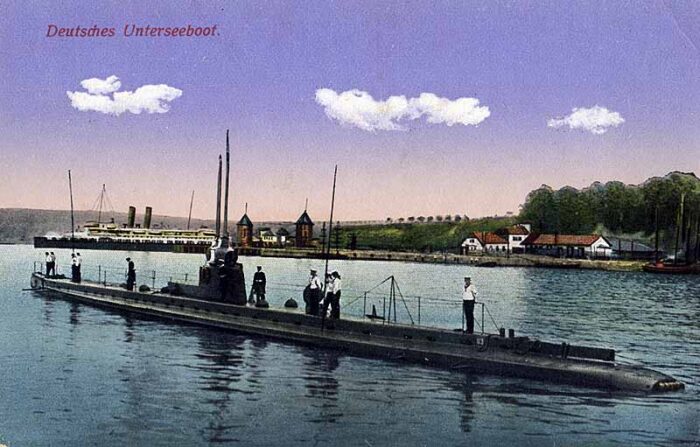
Design of Project 12
The new two-hulled boats were an official design for high seas operations as “project 12”. U3 and U4 were also to be ordered for the first time to another yard, Imperial Danzig Naval yard. They were contemporary to U2 but tested new approaches. U2 was in construction at the time at Kiel Naval Yard. There were many differences with U2, starting with increased dimensions and new engines which used paraffin instead of Kerosene. U3 was ordered on 13 August 1907, laid down in the Imperial Shipyard in Danzig to be launch on 27 March 1909, and delivered, commissioned on 29 May 1909 under command of her first captain, Lieutenant Commander Ludwig Fischer. The design was so-called “twin-hulled” but was designed in general to be a better performing, oceanic model.
The pressure hull was cylindrical and indeed was surrounded by two outer hulls, on either side providing buoyancy, stability, and a flat upper surface to step on. The design of the conning tower was the same as U2 but larger, with a small steering wheel post, small platform and canvas. The conning tower was thick and housed two periscopes, a combat periscope and a watch model. There were four hatches built in the deck. Two were inner small man hatches, and two wider outer hatches communicating through the outer and pressure hull into the torpedo rooms, to reload torpedoes. There was the usual net deflector cable anchored above the CT, two masts for the wireless telegraphy, a flag mast aft, and a telescopic funnel for surface navigation, enabling greater draft. Still, the design was criticized s being too low over the water, with poor seaworthiness.
Hull and general design
U3 was 51.28 m long (168 ft 3 in) overall, 45 m (147 ft 8 in) x 3.8 m (12 ft 4 in) wide for the pressure hull alone, 5.6 m (18 ft 4 in) overall beam, for a draft of 2.9 m up to 3.05 m (10 ft) mean. They displaced 421 tons when surfaced (414 long tons) and 510 tons (500 long tons) underwater. This was more than U2 (341/430t and 45.4 x 8.5 x 3.1m). The crew was of 21 ratings, including three officers. The overall hull design was still an up-scaled U2, itself close to the U1. There was an extra space in the outer hull to carry a small dinghy.
Powerplant
Two Körting six-cylinder two-stroke paraffin engines with 441 kW (600 PS/ 590 shp) at 550 rpm were installed, while other sources assume these were eight-cylinder two-stroke kerosene engine with the same output. For underwater navigation, they were given two Siemens-Schuckert electric motors with an output of 758 kW (1020-1030 hp 1,030 PS) at 600 rpm for a top speed of 11.5 to 11.8 knots (21.9 km/h; 13.6 mph) surfaced, 9.4 to 9.5 knots (17.4 km/h; 10.8 mph) underwater.
They carried 48t of paraffin/kerosene oil. The range was up to 3,000 nautical miles when surfaced max at low rev, 1,800 nmi (3,300 km; 2,100 mi) at 12 knots (22 km/h; 14 mph).
When travelling submerged at 4.5 knots, they were tested at 55 nm, achieved just under the surface; but degraded as they reached their maximum diving depth of 50 meters. Their underwater top speed is 5 knots (9.3 km/h; 5.8 mph) and they still could reach 50 nmi (93 km; 58 mi). Test depth was 30 m (98 ft).
Armament
The U3 class were not better armed than U2 with the same four torpedo tubes, two at the bow and two at the stern, all reloadable from the pressure hill albeit internal space only allowed for two spare torpedoes, six total. The armament consisted of two torpedo tubes at the bow and stern with six torpedoes. In addition, they both received a revolver cannon behind the CT until the end of 1914, replaced by a 5 cm (2.0 in) SK L/40 deck gun installed in 1915.
Torpedo Tubes
The four 450 mm (17.7 inches) torpedo tubes could be reloaded from above via the larger hatches described above, and these were the 45 cm (17.7″) C/06 of 1907, 1,704 lbs. (773 kg) for 222 in (5.650 m) in lenght, carrying a warhead of 270 lbs. (122.6 kg) TNT to 1,640 yards (1,500 m) at 34.5 knots or 3,380 yards (3,000 m) at 26 knots due to her Brotherhood system. More on navweaps
5cm SK L/40 Gun
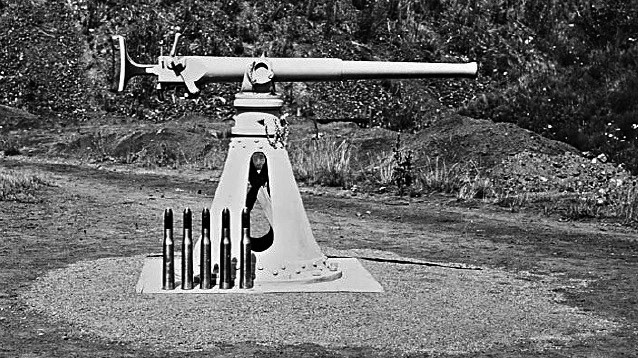
Designed in 1892 but produced as the 5 cm SK L/40 (2 inches) first and replaced by the 5 cm Tbts KL/40 in 1913.
It weight 240 kg (530 lb), for 2 m (6 ft 7 in) long, 1.83 m (6 ft) barrel.
It fired a Fixed QF 52 x 333R 1.75 kg (3.9 lb) HE shell at 656 m/s (2,150 ft/s)
The Breech was of the Horizontal sliding-wedge type for a rate of fire of 10 rpm
Elevation was -5° to +20°, traverse 360° with a single gunner, and two loaders.
Maximum firing range was 6.2 km (3.9 mi) at +20°. This was considered a defensive gun only, as the round had little power.
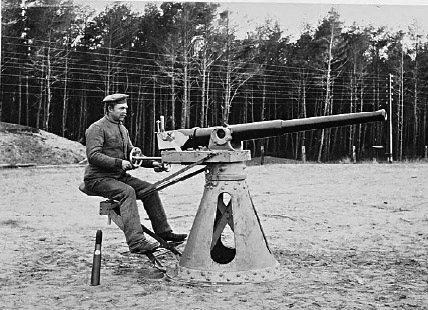
picccc
⚙ specifications |
|
| Displacement | 421 t (414 long tons) surfaced, 510 t (500 long tons) submerged |
| Dimensions | 51.28 moa x 5.6 x 3.05 (168 ft 3 in x 18 ft 4 in x 10 ft) |
| Propulsion | 2 shafts Körting 8-cyl. 2 stroke paraffin, 600 PS, 2× EM 1,030 P |
| Speed | 11.8 kts surfaced/9.4 knots submerged |
| Range | 1,800 nmi (3,300 km; 2,100 mi)/12 kts/50 nmi at 5 kts |
| Armament | 4× TTs (2 bow, 2 stern), 6x 45 cm (18 in) torpedoes, 5 cm (2.0 in) SK L/40 gun 1915 |
| Max depth | 30 m (98 ft) |
| Crew | 3 officers + 19 men |
Career of the U3 class
 U3
U3
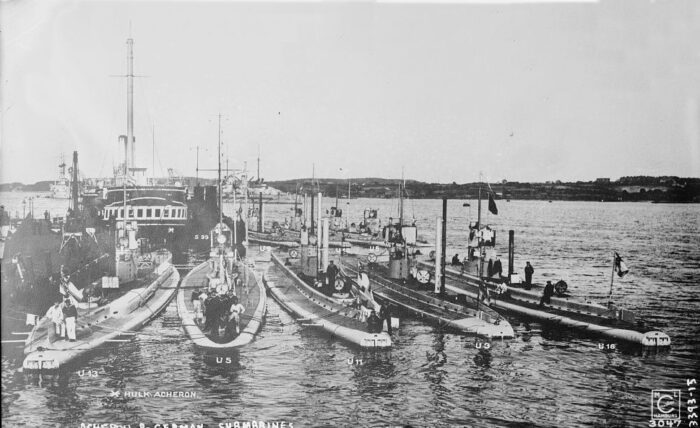
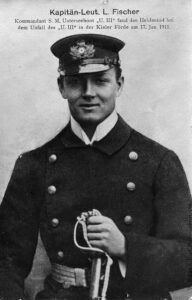 U3 was ordered on 13 Aug 1907, launched on 27 Mar 1909, commissioned 29 May 1909 under her first CO, Kapitänleutnant Ludwig Fischer from 29 May 1909 to 17 January 1911. He died a hero in a famous accident: On January 17, 1911, what became the only German submarine accident before the First World War. She was packed that day with submarine cadets, set out from Kiel on a test run in a stormy day, with wind and high waves. Before leaving the harbor she made a diving test. It seems procedures had not been well followed, and the ventilation hatch not secured, so when water flooded the upper deck, it managed to enter the engine room through the ventilation mast flap. What baffled the commander is that the flap indicator was in the “closed” position.
U3 was ordered on 13 Aug 1907, launched on 27 Mar 1909, commissioned 29 May 1909 under her first CO, Kapitänleutnant Ludwig Fischer from 29 May 1909 to 17 January 1911. He died a hero in a famous accident: On January 17, 1911, what became the only German submarine accident before the First World War. She was packed that day with submarine cadets, set out from Kiel on a test run in a stormy day, with wind and high waves. Before leaving the harbor she made a diving test. It seems procedures had not been well followed, and the ventilation hatch not secured, so when water flooded the upper deck, it managed to enter the engine room through the ventilation mast flap. What baffled the commander is that the flap indicator was in the “closed” position.
Lieutenant Ludwig Fischer ordered all hands to be evacuated to the bow room as the boat started to sink rapidly by the stern and nothing can be done to stop the flooding. He locked Himself in the conning tower with Lieutenant Kalbe and Senior Seaman Rieper to still have some control over the boat and communication. The accident was reported two hours later, and two floating cranes set off for the accident site, 2 km away. Both were capable of lifting 150 t. SMS Vulkan, the only dedicated U-boat salvage ship was moored in the harbour for repairs, ordered to the scene as soon as it was ready. 11 hours later, divers attached several steel cables to the forecastle in order to lift U-3. The idea was to have the prow high enough to rescue the crew via the bow torpedo tubes.
Eventually, as planned and helped by the shallow waters, she broached the surface but immediately slipped, snapping cables and sank again. 14 hours later another attempt; more careful was made, while clock was ticking since the submerged batteries started to creep up chlorine gas. There were still 29 trapped into the torpedo room forward and the officers in the CT. But this new attempt to lift the boat further failed. It was necessary to wait 5 hours until SMS Vulkan arrived. But when she was ready 30 hours had passed, and so did the three officers in the CT. Lt.Cdr. Ludwig Fischer, Lt. z. S. Kalbe and senior seaman Rieper had suffocated. Later, with the help of the tailored gantry of Vulkan, the boat was levelled and raised for good, with all the crew able to exit the torpedo tubes. Further investigations revealed that the ventilation mast’s cover flap was installed incorrectly, a small error with deadly consequences.
This incident attracted a great deal of attention, even to Kaiser Wilhelm II. Fischer had a grand funeral in Darmstadt, a crowd of 10,000 were present. The Darmstadt secondary school erected a monument to its former student in 1896-1899, standing in the schoolyard.
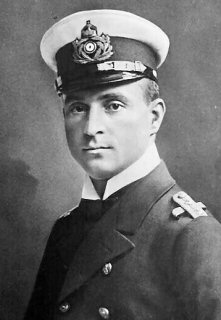 Next, the boat was commanded by Kapitänleutnant Otto Weddigen, future ace of the Kaiserliches Marine, famously sinking three British armoured cruisers, Cressy, Hogue and Aboukir on U9. U3 was under his command for trials, tests, fleet manoeuvres and exercises of great value for the Kaiserliches Marine to further evaluate the value of submersibles, from 7 April 1911 she had been repaired and recommissioned, to August 1914.
Next, the boat was commanded by Kapitänleutnant Otto Weddigen, future ace of the Kaiserliches Marine, famously sinking three British armoured cruisers, Cressy, Hogue and Aboukir on U9. U3 was under his command for trials, tests, fleet manoeuvres and exercises of great value for the Kaiserliches Marine to further evaluate the value of submersibles, from 7 April 1911 she had been repaired and recommissioned, to August 1914.
She was sent for four combat missions in the Baltic Sea, to cooperate with other German warships against the Russian Navy. But the command thought soon she was unsuitable for such frontline missions and at her return she converted into a training boat and started a new career of training boat until 11 November 1918 (Kiel training Flotilla) for new U-Boat crews. In 1915, she received a 5 cm SK L/40 deck gun.
She had other commanders in WWI, such as the famous Max Valentiner (August 1914 to 27 Oct. 1914), 3rd highest-scoring U-boat commander of the war. Other commanders were Erich Sittenfeld, Ludwig Güntzel, Volhard Freiherr von Bothmer (1915), Curt Willich, Friedrich Strackerjan, Karl Edeling (1916), Hellmuth von Ruckteschell, Gernot Goetting, Clemens Wickel, Woldemar Adam (1917), Friedrich Ulrich, Bruno Krumhaar, Max Bräutigam (1918), Erich Metzenthin.
On 1st December 1918 under KpLt. Karl Mathy, she was surrendered to the allies and towed to Preston, UK, to be broken up, when she sank en route for a second time. (Other sources, scrapped in Kiel on January 27, 1919).
 U4
U4
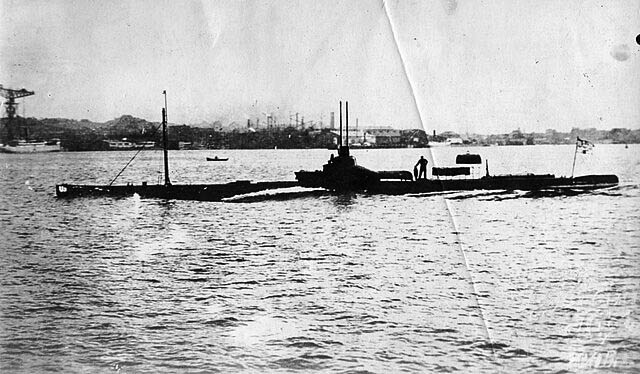
U4 was ordered also at Danzig on 13 Aug 1907, launched on 18 May 1909 and commissioned on 1 July. 1909.
Like her sister she was used for training, with the same Lieutenant Commander Lützow until 3 April 1910 and from 1st August 1914 to 11 November 1918 she served with the training Flotilla, making no patrols. She was stricken on 27 January 1919 and stripped up at the Imperial Navy Dockyard in Kiel, whereas her hull was sold to Stinnes on 3 Feb 1920. Until the end of 1914 she had a small 3.7 cm revolver cannon on deck, replaced in 1915 by 5 cm as her sister.
Read More/Src
Books
Gröner, Erich; Jung, Dieter; Maass, Martin (1991). U-boats and Mine Warfare Vessels. German Warships 1815–1945. Vol. 2. Translated by Thomas, Keith; Magowan, Rachel. London: Conway Maritime Press.
Rössler, Eberhard (1985). The German Submarines and Their Shipyards: Submarine Construction Until the End of the First World War. Vol. I. Koblenz: Bernard & Graefe.
Werner von Langsdorff: U-Boote am Feind. 45 deutsche U-Boot-Fahrer erzählen. Bertelsmann, Gütersloh 1937.
Carl Ludwig Panknin: Unterseeboot „U. 3“. Verlagshaus für Volksliteratur und Kunst, Berlin 1911 (Unter deutscher Flagge 43, ZDB-ID 2233336-8).
Unterseeboot „U. 3“. (Schiffe Menschen Schicksale. 45, ZDB-ID 1325248-3).
Max Valentiner: U 38. Wikingerfahrten eines deutschen U-Bootes. Ullstein, Berlin 1934.
Einzelnachweise
Bodo Herzog: Deutsche U-Boote 1906–1966. Erlangen: Karl Müller Verlag, 1993, ISBN 3-88199-687-7, S. 45.
Bodo Herzog: Deutsche U-Boote 1906–1966. Erlangen: Karl Müller Verlag, 1993, ISBN 3-88199-687-7, S. 67.
Eberhard Möller/Werner Brack: Enzyklopädie deutscher U-Boote Von 1904 bis zur Gegenwart, Motorbuch Verlag, Stuttgart 2002, ISBN 3-613-02245-1, S. 21.
Ulf Kaack: Die deutschen U-Boote Die komplette Geschichte, GeraMond Verlag GmbH, München 2020, ISBN 978-3-96453-270-1, S. 18–19.
Robert Hutchinson: Kampf unter Wasser – Unterseeboote von 1776 bis heute, Motorbuch Verlag, Stuttgart 2006, ISBN 3-613-02585-X, S. 39.
Helgason, Guðmundur. “WWI U-boats: U 3”. German and Austrian U-boats of World War I – Kaiserliche Marine – Uboat.net. Retrieved 3 August 2009.
Links
uboat.net u3
uboat.net u4
en.wikipedia.org SM_U-4
de.wikipedia.org U_4
e-periodica.ch/
antiqpaper.de
lagis-hessen.de/
gbs-darmstadt.de

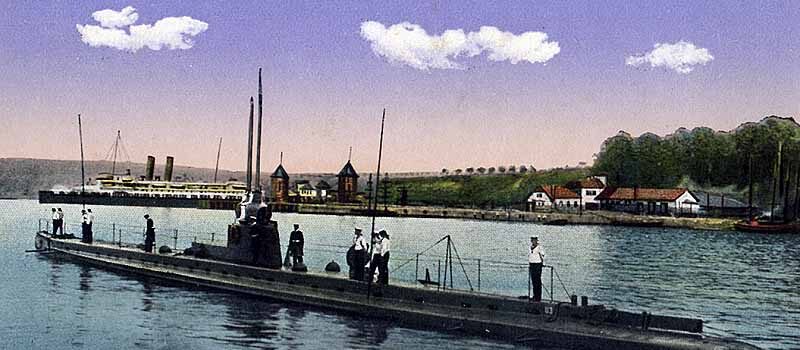
 Latest Facebook Entry -
Latest Facebook Entry -  X(Tweeter) Naval Encyclopedia's deck archive
X(Tweeter) Naval Encyclopedia's deck archive Instagram (@navalencyc)
Instagram (@navalencyc)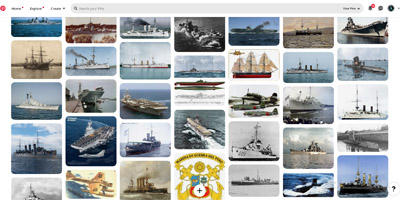

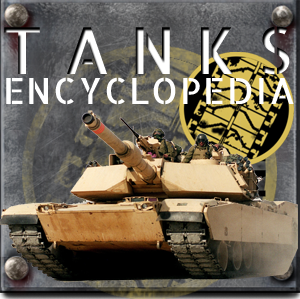
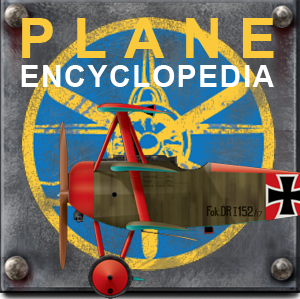
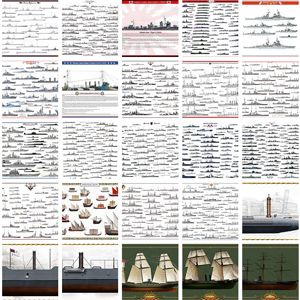
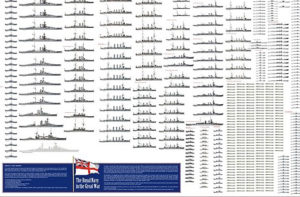
 French Navy
French Navy Royal Navy
Royal Navy Russian Navy
Russian Navy Armada Espanola
Armada Espanola Austrian Navy
Austrian Navy K.u.K. Kriegsmarine
K.u.K. Kriegsmarine Dansk Marine
Dansk Marine Nautiko Hellenon
Nautiko Hellenon Koninklije Marine 1870
Koninklije Marine 1870 Marinha do Brasil
Marinha do Brasil Osmanlı Donanması
Osmanlı Donanması Marina Do Peru
Marina Do Peru Marinha do Portugal
Marinha do Portugal Regia Marina 1870
Regia Marina 1870 Nihhon Kaigun 1870
Nihhon Kaigun 1870 Preußische Marine 1870
Preußische Marine 1870 Russkiy Flot 1870
Russkiy Flot 1870 Svenska marinen
Svenska marinen Søværnet
Søværnet Union Navy
Union Navy Confederate Navy
Confederate Navy Armada de Argentina
Armada de Argentina Imperial Chinese Navy
Imperial Chinese Navy Marinha do Portugal
Marinha do Portugal Mexico
Mexico Kaiserliche Marine
Kaiserliche Marine 1898 US Navy
1898 US Navy Sovietskiy Flot
Sovietskiy Flot Royal Canadian Navy
Royal Canadian Navy Royal Australian Navy
Royal Australian Navy RNZN Fleet
RNZN Fleet Chinese Navy 1937
Chinese Navy 1937 Kriegsmarine
Kriegsmarine Chilean Navy
Chilean Navy Danish Navy
Danish Navy Finnish Navy
Finnish Navy Hellenic Navy
Hellenic Navy Polish Navy
Polish Navy Romanian Navy
Romanian Navy Turkish Navy
Turkish Navy Royal Yugoslav Navy
Royal Yugoslav Navy Royal Thai Navy
Royal Thai Navy Minor Navies
Minor Navies Albania
Albania Austria
Austria Belgium
Belgium Columbia
Columbia Costa Rica
Costa Rica Cuba
Cuba Czechoslovakia
Czechoslovakia Dominican Republic
Dominican Republic Haiti
Haiti Hungary
Hungary Honduras
Honduras Estonia
Estonia Iceland
Iceland Eire
Eire Equador
Equador Iran
Iran Iraq
Iraq Latvia
Latvia Liberia
Liberia Lithuania
Lithuania Mandchukuo
Mandchukuo Morocco
Morocco Nicaragua
Nicaragua Persia
Persia San Salvador
San Salvador Sarawak
Sarawak Uruguay
Uruguay Venezuela
Venezuela Zanzibar
Zanzibar Warsaw Pact Navies
Warsaw Pact Navies Bulgaria
Bulgaria Hungary
Hungary

 Bundesmarine
Bundesmarine Dutch Navy
Dutch Navy Hellenic Navy
Hellenic Navy Marina Militare
Marina Militare Yugoslav Navy
Yugoslav Navy Chinese Navy
Chinese Navy Indian Navy
Indian Navy Indonesian Navy
Indonesian Navy JMSDF
JMSDF North Korean Navy
North Korean Navy Pakistani Navy
Pakistani Navy Philippines Navy
Philippines Navy ROKN
ROKN Rep. of Singapore Navy
Rep. of Singapore Navy Taiwanese Navy
Taiwanese Navy IDF Navy
IDF Navy Saudi Navy
Saudi Navy Royal New Zealand Navy
Royal New Zealand Navy Egyptian Navy
Egyptian Navy South African Navy
South African Navy






























 Ukrainian Navy
Ukrainian Navy dbodesign
dbodesign